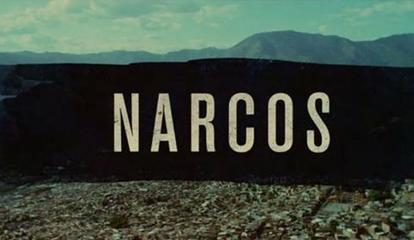
Honestly, before I saw The Pink Cloud, I thought that The Dog Who Wouldn’t be Quiet was the best film related to the pandemic that I’d seen at Sundance. But then I saw The Pink Cloud. Like Steven Soderbergh’s Contagion, it’s amazing to watch something reflect reality so well before that reality comes into place. And before you ask, this film was written in 2017, way before COVID times.
In the case of The Pink Cloud, Giovanna and Yago’s one night stand turns into a long quarantine together as an unknown pink cloud of poisonous gases shrouds the city. Anyone who steps outside for more than 10 seconds dies from the pink gases. Other people less lucky that Giovanna and Yago are stuck in supermarkets and other public buildings. It’s also not just their city in Brazil that is affected either, as like the big Hollywood disaster movies, the news shows a montage of cities around the world with the same ominous pink clouds hovering over them. Like the current pandemic, everyone is forced to adjust quickly to a new life.
After it sets up the premise, The Pink Cloud focuses on Giovanna and Yago’s relationship stuck together throughout the indefinitely long quarantine. As time progresses, the bucket lists from their single lives become a checklist of things to do in a relationship. They start doing chores, cook and eat with each other, and talk about their future together. The allure and excitement that initially drew them together fades as the permanence of their new life inside sets in. As this happens, the allure of the outside, and nature, represented in the pink cloud grows. Slow montages of the cloud frame it as pretty and tempting. Then the cloud starts to be shot with a slow zoom as if the characters are being drawn to it when they look outside. Now that they’re stuck inside, the everyday world they’d taken for granted becomes alluring. It’s a reversal of their relationship which goes from desire to boredom.
Maybe if there wasn’t a worldwide pandemic right now that mirrors The Pink Cloud’s narrative, it would resonate differently. Perhaps it would have been viewed as a warning to climate change deniers, or to those taking life for granted. In it’s current context, the quarantine comparisons are hard to avoid. It’s one of the most accurate portrayals of a relationship on lockdown.





You must be logged in to post a comment.